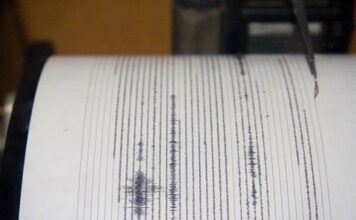I’m on my third set of outdoor solar lights. It seems that they
last around three or four years, and then
– no matter if I change the batteries – they just quit working.
Whatever the case, I keep buying more because I feel they’re an
inexpensive way to add definition to a garden.
I’m on my third set of outdoor solar lights. It seems that they last around three or four years, and then – no matter if I change the batteries – they just quit working. Whatever the case, I keep buying more because I feel they’re an inexpensive way to add definition to a garden.
Of course, solar lights are only one type of garden lighting. They are, by far, the easiest to use and the least expensive. Solar lights, like their name implies, are wireless lights that you simply stick in the garden wherever you please. They automatically turn on at night, usually lasting anywhere from five to eight hours. They recharge themselves during the day, ready to start all over again by nightfall. They come in a variety of finishes, although the least-expensive are black plastic or brushed aluminum. I bought my latest set of 15 for $110 at a big-box store.
The downside of solar lights is the lighting itself. They are useful as decorative pathway lights only. They won’t throw much light out at all, but will make the garden look nice at night and during the day. I use mine at key points of my flower beds and also to outline the borders of my flower beds in the backyard.
Garden lighting is normally used to accentuate features, such as a graceful tree or a textured wall. The muted lighting gives your garden form, drama and depth with unexpected silhouettes and highlighted shapes and shadows that can only be seen at night. At the same time, garden lighting also serves as security, lighting up what normally would be a dark garden.
Beyond solar lights, garden lighting is usually sold as uplights. These slender, stake-mounted fixtures are usually aimed upward at trees, shrubs, sculptures, topiaries, etc. They can also be used as indirect lighting on stucco walls or wooded fences.
Unlike solar lights, uplights are wired and need to be plugged into an electrical source. Low-voltage lighting systems, such as 12-volt, are easy to install and consist of a transformer, cable/wire and the appropriate lamps. Like solar lights, they can be found at any garden center, home improvement center or big-box store.
If there’s one principle of good outdoor light, it’s that they should not be directed straight at the front porch or in the eyes of unsuspecting pedestrians. Instead, they should be directed at the landscape. The source of light, when it comes to uplights, should also – for the most part – be hidden.
There are also hedge or wall-washing lights, downlights and stairway lights. All serve their own purpose when it comes to garden lighting. Yet, solar lights and uplights are the most common and popular types of garden lighting. They do their job and are easy to install and use. Just be aware that solar lights will probably only be good for a few years before you’ll be buying them again.














